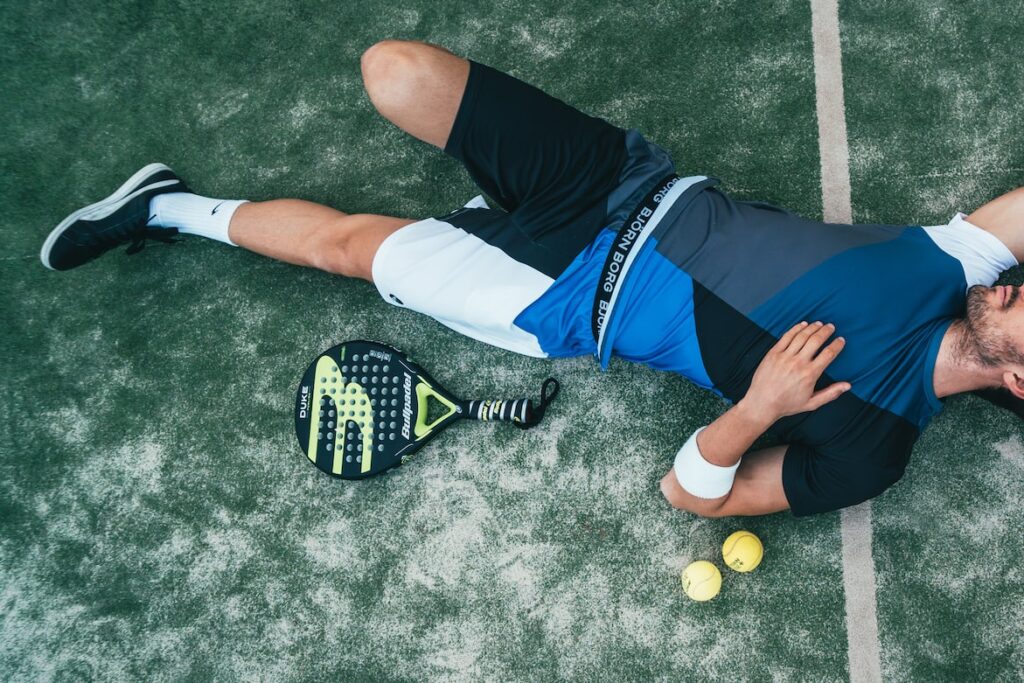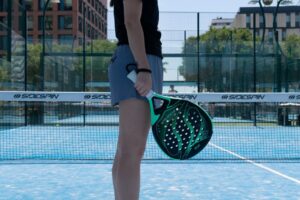Learning the Basics of Positioning in Padel: Tips and Techniques
2 min read
Learning the Basics of Positioning in Padel: Tips and Techniques
What is Positioning in Padel?
Positioning in padel is one of the fundamental aspects of the game. It refers to the strategic placement of players on the court in order to maximize their chances of winning points. By understanding the principles of positioning, you can enhance your game and outsmart your opponents.
Why is Positioning Important?
Effective positioning is crucial because it helps you cover more ground and react quickly to your opponent’s shots. By being in the right position, you can take better shots and minimize errors. It also allows for proper communication and coordination with your partner, which can make a significant difference in your overall performance.
1. Communication is Key
In padel, clear communication is essential to ensure proper positioning. Establishing good communication with your partner allows you to anticipate each other’s movements and react accordingly. Use verbal cues, hand signals, or even develop your own secret language to communicate efficiently during the game.
2. Master the Baseline Position
The baseline position is the most common and stable position in padel. It is the starting point from which you move forward or backward. The ideal baseline position is slightly behind the service line, providing you with ample coverage of the court and allowing you to react quickly to volleys and smashes.
3. Understand the Net Position
The net position is vital for offense, as it allows you to exert pressure on your opponents. It is typically occupied by the player who is more comfortable at the net and has a good touch for volleys. However, it is essential to maintain balance in your positioning to avoid leaving gaps and being exposed to lobs or drop shots.
4. Learn the Importance of Transitioning
Transitioning refers to the movement between different positions on the court. It is crucial to transition smoothly and efficiently to maintain proper positioning. For example, when your partner serves, you can move up to the net position to put pressure on the opponents. Then, after returning the opponent’s shot, you need to transition back to the baseline quickly to maintain your coverage.
5. Stay Mindful of Court Zones
Understanding the concept of court zones can greatly improve your positioning. The padel court can be divided into three zones: back zone, middle zone, and net zone. Depending on the situation, you need to adapt your positioning accordingly. For instance, if the opponents hit a lob, you should move back to the back zone to have enough time for a high shot.
Conclusion
Mastering the basics of positioning in padel can significantly enhance your game. By communicating effectively with your partner, mastering the baseline and net positions, understanding the importance of transitioning, and being mindful of court zones, you can take your padel skills to the next level. Remember, practice makes perfect, so get out on the court and start implementing these positioning techniques today!







